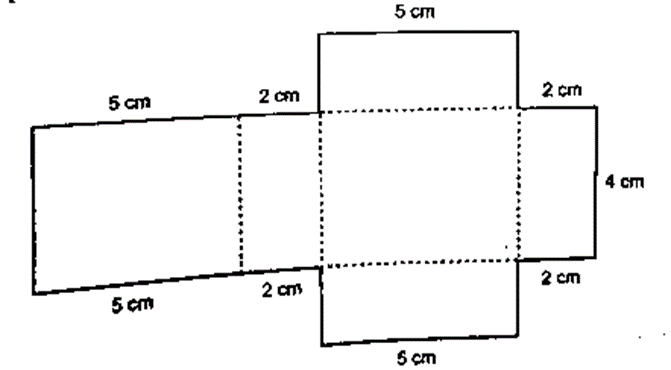Class 08 Activity – Area of Trapezium
Objective:
To verify the formula for area of a trapezium. Or to verify the following formula Area of a trapezium = 1/2 sum of the parallel sides x distance between them.
Materials Required:
Squared paper, a pair of scissors, colour pencils, geometry box, etc.
Procedure:
1. On a squared paper, draw a trapezium ABCD in which AB || CD and AB = 8 cm, CD = 4 cm and distance between them is 5 cm.
Using a pair of scissors, cut it out. Colour it green.
2. On another squared sheet draw one more copy of the parallelogram ABCD. Cut it out and colour it red.
3. Take a white sheet of paper and paste the green coloured trapezium ABCD on it. Paste the red coloured trapezium ABCD next to the green coloured trapezium such that A falls at D and AD falls along DA as shown below.
Observations:
In figure, we observe that the resulting shape is a parallelogram as its one pair of opposite sides is parallel and equal, each equal to (8 + 4) cm.
2. The parallelogram in figure is made up of two congruent trapeziums ABCD.
So, area of trapezium ABCD
= 1/2 x area of parallelogram in figure
= 1/2x base x height
= 1/2 x (8 + 4) x 5 cm
= 1/2 x sum of parallel sides x distance between them.
Conclusion:
From the above activity, it is verified that:
Area of a trapezium = 1/2 x sum of parallel sides x distance between them.
Do Yourself: Verify the formula for area of a trapezium by drawing three different trapeziums on squared papers.










